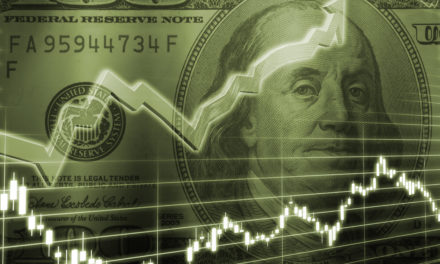
“Someone’s sitting in the shade today because someone planted a tree a long time ago.”
— Warren Buffett
The Warren Buffett investment philosophy calls for a long-term investment horizon, where a two-decade holding period, or even longer, would fit right into the strategy. How would such a strategy have worked out for an investment into Walgreens Boots Alliance Inc (NASD: WBA)? Today, we examine the outcome of a two-decade investment into the stock back in 2003.
| Start date: | 10/09/2003 |
|
|||
| End date: | 10/06/2023 | ||||
| Start price/share: | $33.10 | ||||
| End price/share: | $21.81 | ||||
| Starting shares: | 302.11 | ||||
| Ending shares: | 474.15 | ||||
| Dividends reinvested/share: | $21.93 | ||||
| Total return: | 3.41% | ||||
| Average annual return: | 0.17% | ||||
| Starting investment: | $10,000.00 | ||||
| Ending investment: | $10,345.64 | ||||
The above analysis shows the two-decade investment result worked out as follows, with an annualized rate of return of 0.17%. This would have turned a $10K investment made 20 years ago into $10,345.64 today (as of 10/06/2023). On a total return basis, that’s a result of 3.41% (something to think about: how might WBA shares perform over the next 20 years?). [These numbers were computed with the Dividend Channel DRIP Returns Calculator.]
Notice that Walgreens Boots Alliance Inc paid investors a total of $21.93/share in dividends over the 20 holding period, marking a second component of the total return beyond share price change alone. Much like watering a tree, reinvesting dividends can help an investment to grow over time — for the above calculations we assume dividend reinvestment (and for this exercise the closing price on ex-date is used for the reinvestment of a given dividend).
Based upon the most recent annualized dividend rate of 1.92/share, we calculate that WBA has a current yield of approximately 8.80%. Another interesting datapoint we can examine is ‘yield on cost’ — in other words, we can express the current annualized dividend of 1.92 against the original $33.10/share purchase price. This works out to a yield on cost of 26.59%.
Here’s one more great investment quote before you go:
“Thousands of experts study overbought indicators, head-and-shoulder patterns, put-call ratios, the Fed’s policy on money supply…and they can’t predict markets with any useful consistency, any more than the gizzard squeezers could tell the Roman emperors when the Huns would attack.” — Peter Lynch




